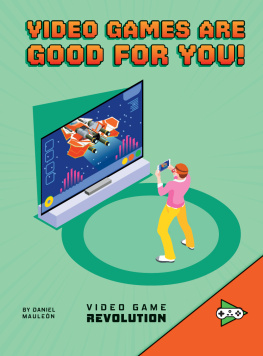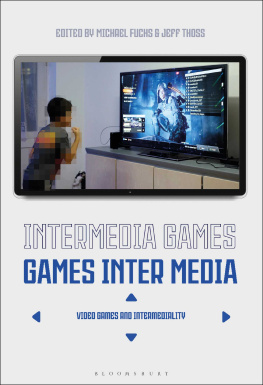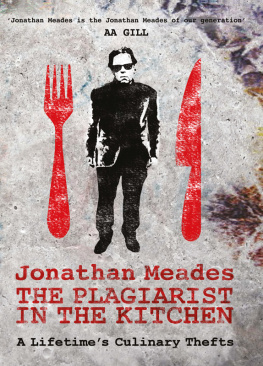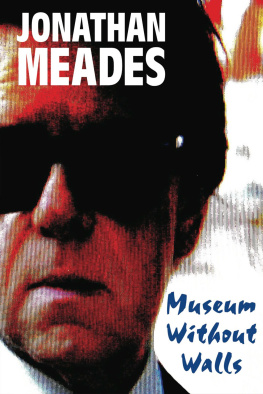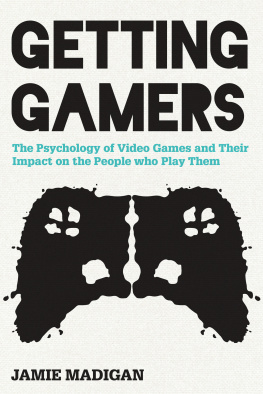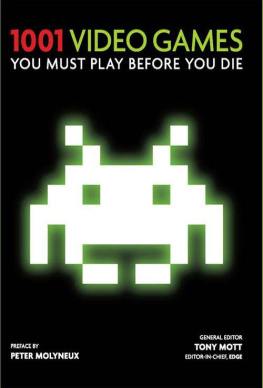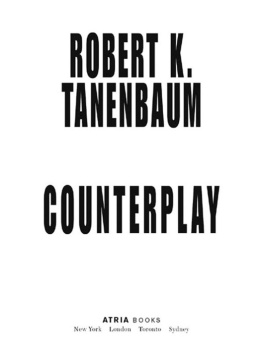Understanding Counterplay in Video Games
This book offers insight into one of the most problematic and universal issues within multiplayer videogames: antisocial and oppositional play forms such as cheating, player harassment, the use of exploits, illicit game modifications, and system hacking, known collectively as counterplay. Using ethnographic research, Alan Meades not only gives voice to counterplayers but reframes counterplay as a complex practice with contradictory motivations that is anything but reducible to simply being hostile to play, players, or commercial video games. The book offers a grounded and pragmatic exploration of counterplay, framing it as an unavoidable by-product of the interaction of mass audiences with compelling and culturally important texts.
Alan F. Meades is Senior Lecturer in the Department of Media, Art and Design at Canterbury Christ Church University, UK.
Routledge Advances in Game Studies
1 Video Games and Social Competence
Rachel Kowert
2 Sexuality in Role-Playing Games
Ashley ML Brown
3 Gender, Age, and Digital Games in the Domestic Context
Alison Harvey
4 The Dark Side of Game Play
Controversial Issues in Playful Environments
Edited by Torill Elvira Mortensen, Jonas Linderoth, and Ashley ML Brown
5 Understanding Counterplay in Video Games
Alan F. Meades
First published 2015
by Routledge
711 Third Avenue, New York, NY 10017
and by Routledge
2 Park Square, Milton Park, Abingdon, Oxon OX14 4RN
Routledge is an imprint of the Taylor & Francis Group, an informa business
2015 Taylor & Francis
The right of Alan F. Meades to be identified as author of this work has been asserted by him in accordance with sections 77 and 78 of the Copyright, Designs and Patents Act 1988.
All rights reserved. No part of this book may be reprinted or reproduced or utilised in any form or by any electronic, mechanical, or other means, now known or hereafter invented, including photocopying and recording, or in any information storage or retrieval system, without permission in writing from the publishers.
Trademark notice: Product or corporate names may be trademarks or registered trademarks, and are used only for identification and explanation without intent to infringe.
Library of Congress Cataloging-in-Publication Data
Meades, Alan F.
Understanding counterplay in video games / by Alan F. Meades.
pages cm
Includes index.
1. Video gamesSocial aspects. I. Title.
GV1469.34.S52R67 2015
794.8dc23 2015004806
ISBN: 978-1-138-80492-0 (hbk)
ISBN: 978-1-315-75265-5 (ebk)
Typeset in Sabon
by codeMantra
Contents
This book is the product of over a decade of academic research exploring the ways that people play games, whilst playing multiplayer games very badly. The majority of this research was conducted between 2008 to 2013, when I was working on my PhD at Brunel University under the supervision of Professor Tanya Kryzwinska, and also whilst running the Digital Design Suite of degree programmes at Canterbury Christ Church University. I am incredibly grateful for the assured and confident supervision provided by Professor Tanya Krzywinska who managed the tricky task of giving me sufficient space to conduct my research while remaining a source of critical clarity. In addition to the financial support that I received I owe many thanks to my colleagues at Canterbury Christ Church University, who each contributed to a work and research culture that encouraged me to follow my curiosity. I would like to especially thank Professor David Bradshaw, Dr. Karen Shepherdson and Dr. Andy Birtwistle for continually seeing the potential in my work.
Some of the content published here appeared in much less unified form in a number of journal articles and book chapters, builds upon a number of articles and chapters for Vorhees, Call and Whitlocks Guns, Grenades, and Grunts: First-Person Shooter Games (2012a), The Well Played Journal (2012b), and The Journal of Gaming and Virtual Worlds (2013). I am enormously grateful for the robust feedback offered during the writing of these articles and chapters, and subsequently discussion with other game studies scholars as a result.
Despite all the gratitude that I owe my peers and fellow scholars, it would be impossible for me to do my research without the help of the hundreds of players that I played alongside, spoke with, and who had the patience to explain to me the ways that they play. There are many who it would be improper to name, but I want to especially Ryan350, Tmbnc, Nickncs, Davidor, Rezzzo, and iHcJames in particular - Id take an arrow to the knee for any of you.
Lastly, Rachel, Elsie and Rose, who cared for me as I hunched over console and computer for many months. Elsie I hope that this in part answers your question about what a video game is, or at least what it can be. I want to thank my father, Ivan Meades, for always being willing to read and review my work, and to say that as youve always said, its a dead fish that swims with the stream.
REFERENCES
Meades, A. (2010). Imaginary Monsters: Game 3.0 and the rise of the transgressive player. The Journal of Gaming and Virtual Worlds, 2 (2), pp.115134.
Meades, A. (2012a). More Bang For Your BuckHardware Hacking, Real Money Trade and Transgressive Play within Console Based First Person Shooters. In Voorhees, Call, & Whitlock, Guns, Grenades, and Grunts: First-Person Shooter Games, London: Bloomsbury, pp.199223.
Meades, A. (2012b). Why we Glitch: process, meaning and pleasure in the discovery, documentation, sharing and use of videogame exploits. The Well Played Journal, 2 (2).
Meades, A. (2013). Infectious pleasures: Ethnographic perspectives on the production and use of illicit videogame modifications on the Call of Duty franchise. The Journal of Gaming and Virtual Worlds, 5 (1), pp. 5977.
This book explores the concept of counterplay in contemporary video games, primarily from the context of action-orientated video games based on Microsofts Xbox 360 games console and surrounding player cultures. The term counterplay is repurposed here to encapsulate play that is understood as oppositional, anti-social, and even criminal by its players and observers. Counterplay can therefore be regarded as being counter to the general expectation of compliant conventional play and instead contains a dynamic that works against rules, against other players, seeks alternate ways of playing and potentially different pleasures. As we shall see, there are a number of other terms that capture some of this dynamic cheating, trolling, grief-play, transgressive play, abject play, dark play etc. but instead, counterplay is used here in an attempt to simultaneously differentiate between these terms and to present a less pejoratively loaded term to better emphasize what I believe to be the universality of counterplay. This is an attempt to recognize that while this is a form of play defined by its working against a rule, against consensus, against etiquette, or against law, it is both frequent and widely adopted. This book will trace a cross section of counterplay practices incendiary user generated content, grief-play, collusion, the use of exploits, hardware hacking, and illicit software modification


